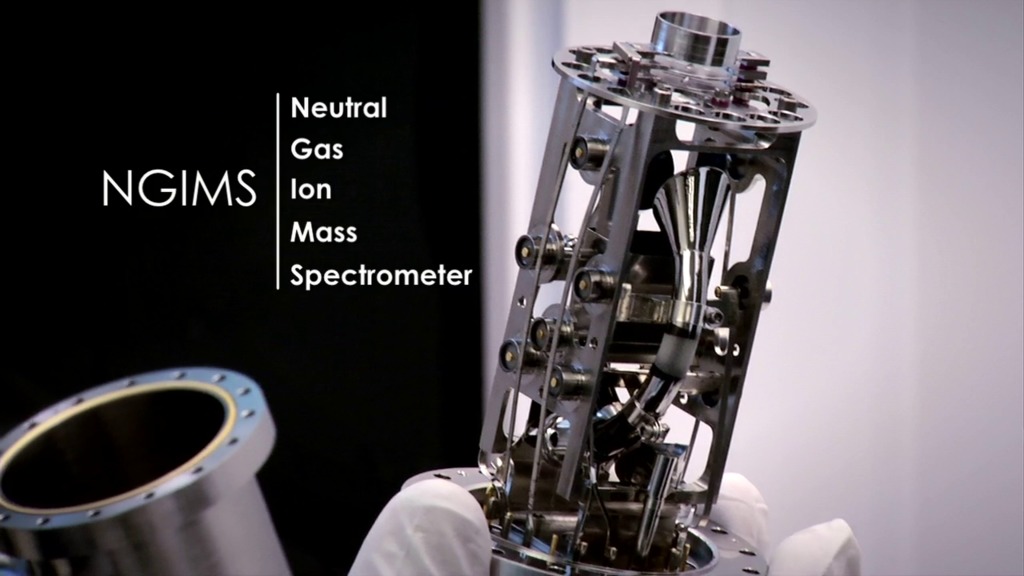MAVEN Imaging Ultraviolet Spectrograph
The philosophy of NASA's Mars Program has been "Follow the water," but "Where did the atmosphere go?" is still a lingering question. Although fluvial features such as dry riverbeds are visible on Mars, the atmosphere today is too thin to support liquid water, implying that Mars once had a thicker atmosphere that was lost to space. NASA's Mars Atmosphere and Volatile EvolutioN Mission, or MAVEN, will test this hypothesis. As part of its remote sensing instrument package, MAVEN's Imaging Ultraviolet Spectrograph (IUVS) will look at isotopic hydrogen ratios in the upper atmosphere of Mars, helping scientists to determine just how much water once flowed across the Red Planet.
MAVEN will use its Imaging Ultraviolet Spectrograph (IUVS) to study the upper atmosphere of Mars in unprecedented detail, helping scientists to determine what happened to the planet's ancient atmosphere - and its liquid water.
Watch this video on the NASAexplorer YouTube channel.
For complete transcript, click here.
For More Information
Credits
Please give credit for this item to:
NASA's Goddard Space Flight Center
-
Animators
- Chris Smith (HTSI)
- Walt Feimer (HTSI)
- Michael Lentz (USRA)
- Ryan Zuber (UMBC)
-
Video editors
- Michael Randazzo (Advocates in Manpower Management, Inc.)
- Dan Gallagher (USRA)
-
Interviewees
- Nick Schneider (LASP)
- Ian Stewart (LASP)
-
Producer
- Dan Gallagher (USRA)
-
Project support
- Aaron E. Lepsch (ADNET Systems, Inc.)
-
Videographer
- Rob Andreoli (Advocates in Manpower Management, Inc.)
Release date
This page was originally published on Thursday, June 13, 2013.
This page was last updated on Wednesday, May 3, 2023 at 1:52 PM EDT.
Missions
This page is related to the following missions:Series
This page can be found in the following series:Tapes
The media on this page originally appeared on the following tapes:-
MAVEN IUVS profile
(ID: 2013028)
Thursday, June 13, 2013 at 4:00AM
Produced by - Dan Jacob (Global Science and Technology, Inc.)




